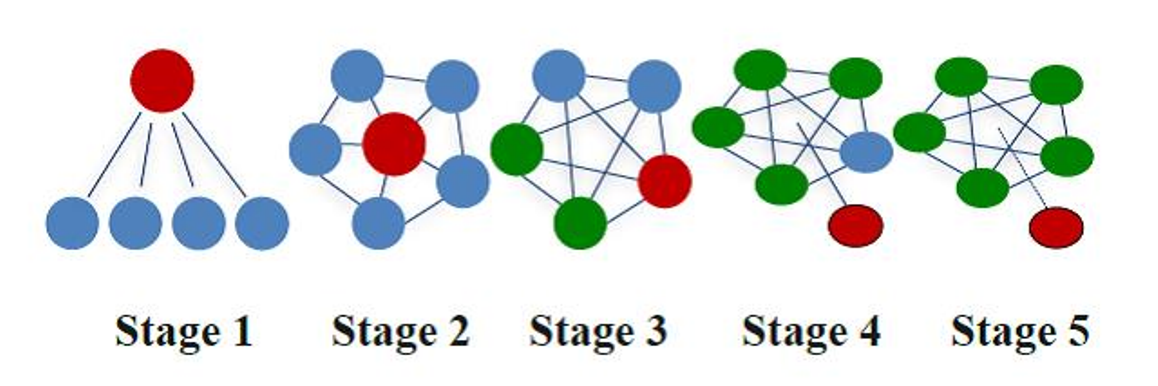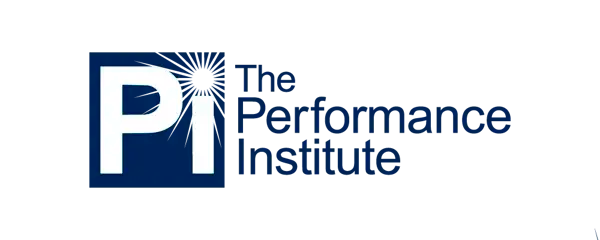Open Space for Leadership
People are much more likely to flourish in an environment where they have the opportunity to become leaders (and not merely followers). It is because people want to be involved, heard, able to make a difference, and part of a winning organization.
If you think about it, in a top-down management design (where management sets the goals, makes the key decisions and tells employees what to do), employees are very unlikely to feel valued by or invested in the organization. The traditional work arrangement works well for controlling employees because a supervisor’s primary job is to ensure the work is being done properly, by carefully monitoring employees and ensuring they do what is expected.

Such an approach does have its strengths (e.g., the supervisor should have a good understanding as to what each employee is doing and how well each is performing), but it leaves a lot to be desired. After all, how satisfied do you think most people feel being frozen out of key decisions that affect them? Or, being carefully watched and having their work scrutinized? The Federal Employee Viewpoint Survey, and other similar surveys, suggest that many employees are not very satisfied with their current work situation. However, if you build teams of leaders, the dynamics, culture, employee satisfaction and overall performance in your organization can be completely transformed.
You’ve opened space for leadership when:
- Your team is united around its mission.
- Every employee is involved in key decisions, knows what is going on and as a result, they energetically work together to achieve the team’s goals.
- People, in your team, are better developed so the team is more flexible and responsive.
- Your employees can no longer blame management for their problems because they will be controlling their own destiny.
- Your supervisors are freed up to perform higher-level work such as strategic planning, benchmarking, cross-functional projects, etc., thus substantially increasing your organization’s overall capacity.
The net result of all this is higher employee commitment, engagement and satisfaction, and most importantly, much better performance.
Too Good to be True?
I’m sure by now, some of you are thinking that this is too good to be true. In other words, what’s the catch? The catch is that high performing teams do not spring up by magic. Teams of leaders must be properly designed and carefully built. Simply throwing a group of people together and suddenly declaring that they will now be a team will result in greater confusion and frustration and worse performance than under the traditional design. Building teams of leaders requires a high degree of support from senior leadership, careful planning, time, energy, patience, and a commitment to see the approach through into the long term, despite the short term challenges that will inevitably occur.
Building Your Team’s Efficiency
Five Stage Development Model
 Note: A red dot represents the supervisor, a blue dot represents a team member, and a green dot represents a team member who steps up and performs leadership tasks.
Note: A red dot represents the supervisor, a blue dot represents a team member, and a green dot represents a team member who steps up and performs leadership tasks.
Teaching and empowering your team to handle the planning, performance management, and accountability requirements, as well as dealing with poor performing employees, is what makes the Five-Stage Development Model approach crucial. The supervisor becomes a coach who serves as an advisor to the team – allowing his/her skills to be used for higher-level activities such as strategic planning and benchmarking. The Five-Stage Development Model enables everyone to envision, plan for, and facilitate the evolution of the team from a traditional Stage One hierarchical unit to a Stage Five team of leaders.
So, how can you build an efficient team of leaders?

- Use the Five-Stage Team Development Model to plan and track the team’s journey.
- Review your management systems to ensure they are properly designed and aligned. One of the key principles behind this component is that organizations are perfectly designed to get the results that they get, meaning if you want to change your results you have to change your design.
- Ensure well design and integration of your team’s processes–your core work processes, on-boarding, off-boarding, and performance management.
- Develop a value creation model so that everyone can understand how much value they create as individuals, as well as collectively as a team.
- Have a comprehensive, effective, and well-implemented knowledge management plan.
- Redesign your work environment using visual management principles. Simply put, visual management combines generally accepted management principles along with the fine and applied arts to reinforce the other first five components to make everything visual and clear.
Take Action
Want to build strong and efficient government teams of leaders? The Performance Institute offers more than 100 open enrollment courses annually and can bring any course on-site. Intensive, methodology-based courses include step-by-step processes to improve organizational management capacity. Join The Performance Institute.
The Performance Institute is a nonpartisan, private think tank seeking to improve public and private sector performance through the principles of transparency, accountability, performance, and engagement. We serve as the nation’s leading authority and repository on performance-based management practices for the government.
Learn more about our courses and how they can help your organization here.
While building teams of leaders is not an easy thing to do, the payoff can be enormous. Many organizations have adopted this approach and there is absolutely no reason why it can’t also work in government. Good luck on your journey!
Stewart Liff is a Fellow with The Performance Institute, specializing in human resources management, performance (including visual) management, and team development. He is the author of multiple books, including Managing Government Employees and A Team of Leaders.
Contact him at Stewart.Liff@Performanceinstitute.org.












.jpg?height=500&name=man-showing-distress-3777572%20(1).jpg)